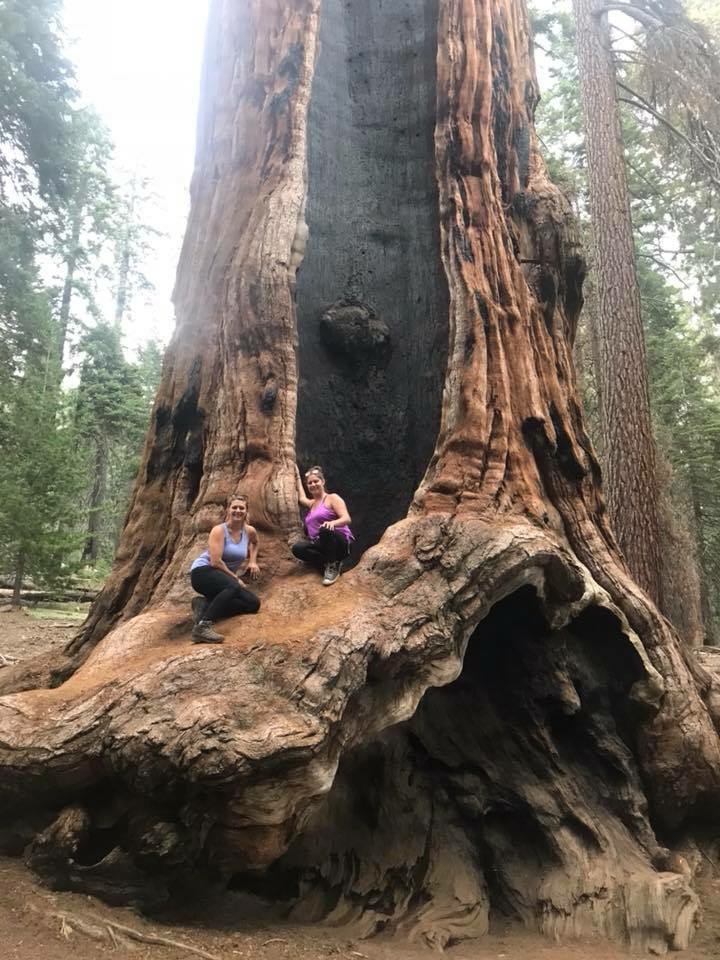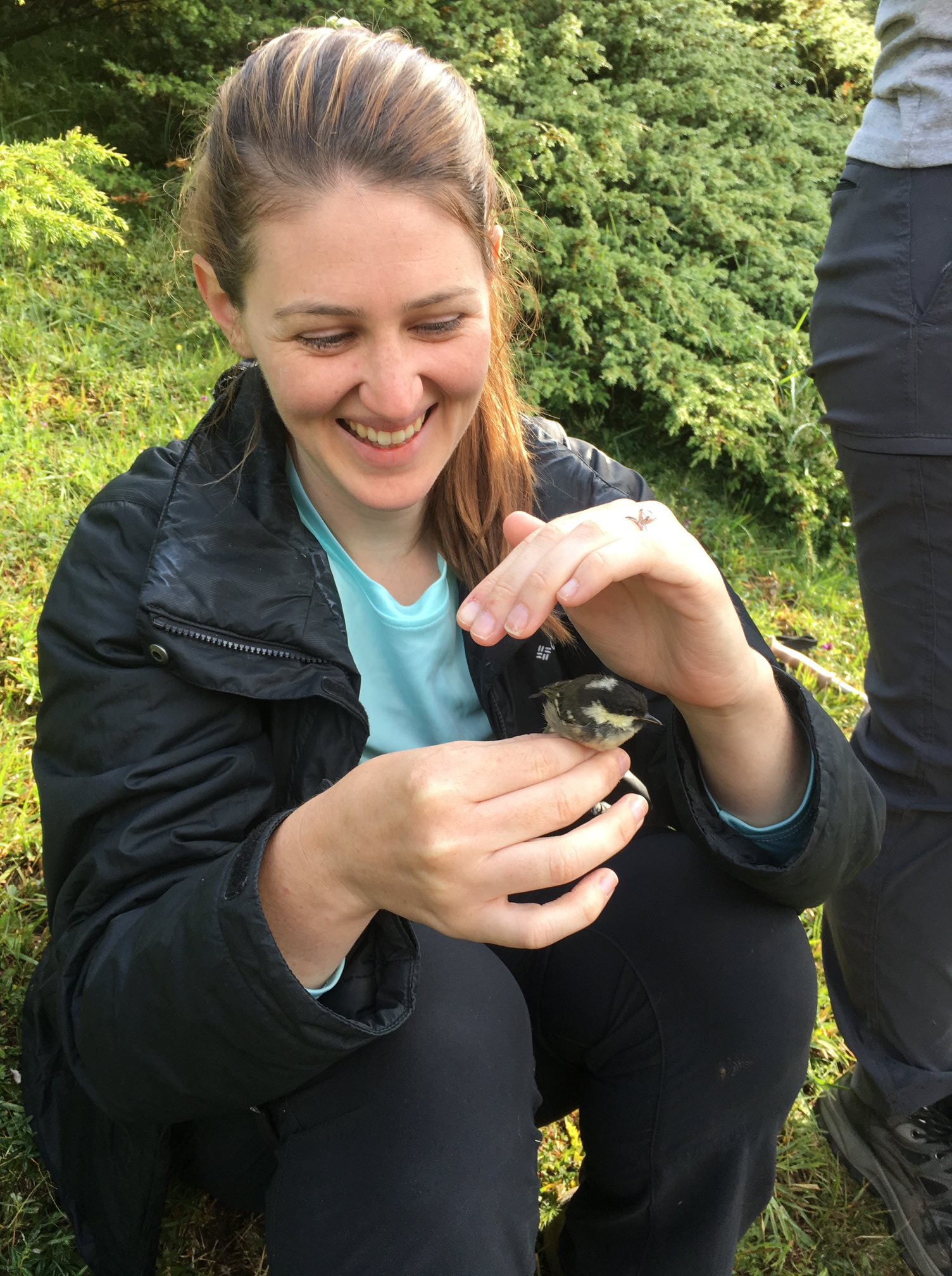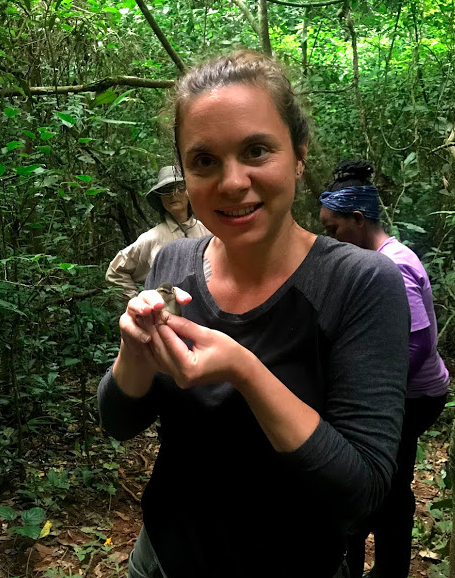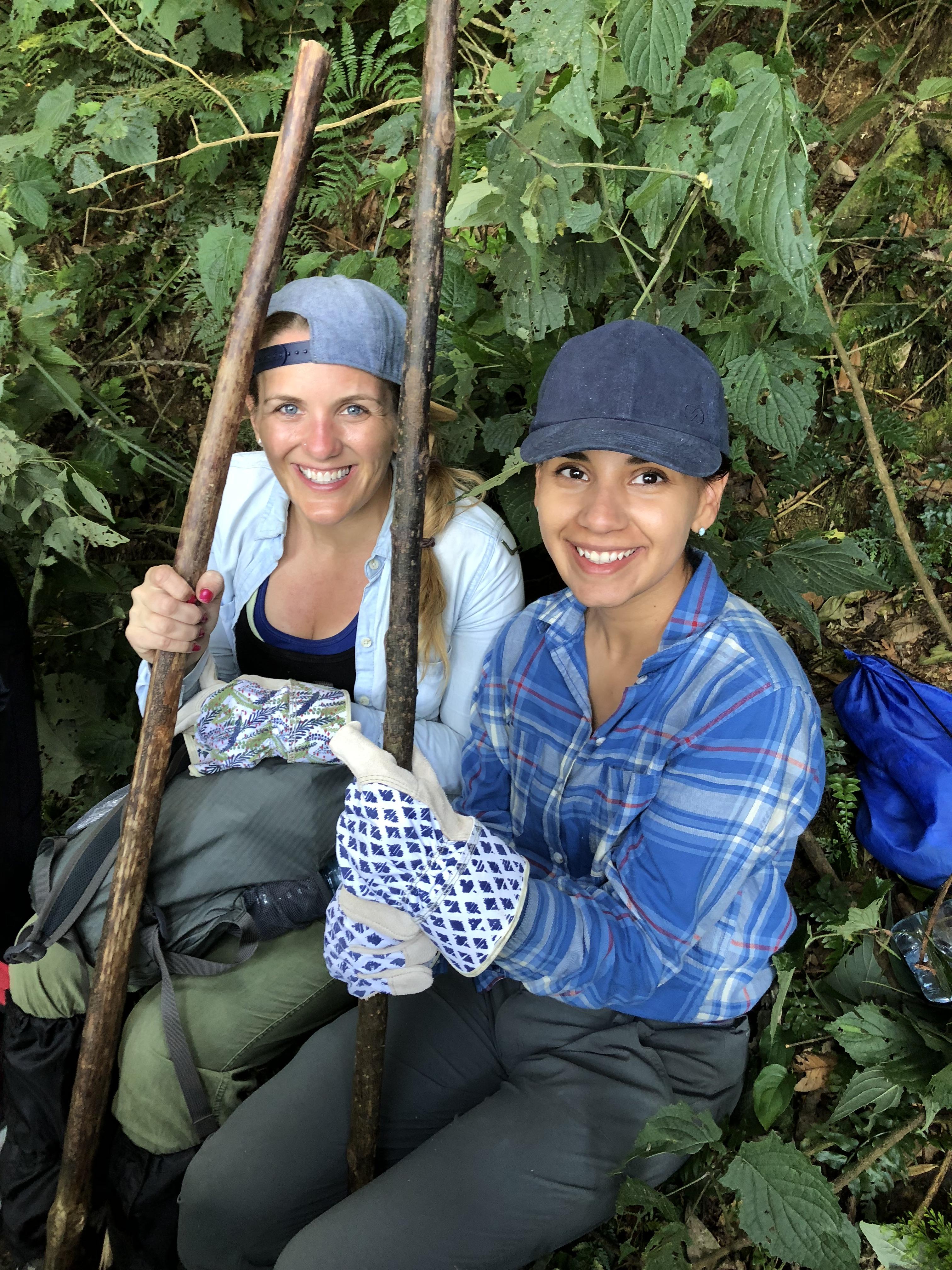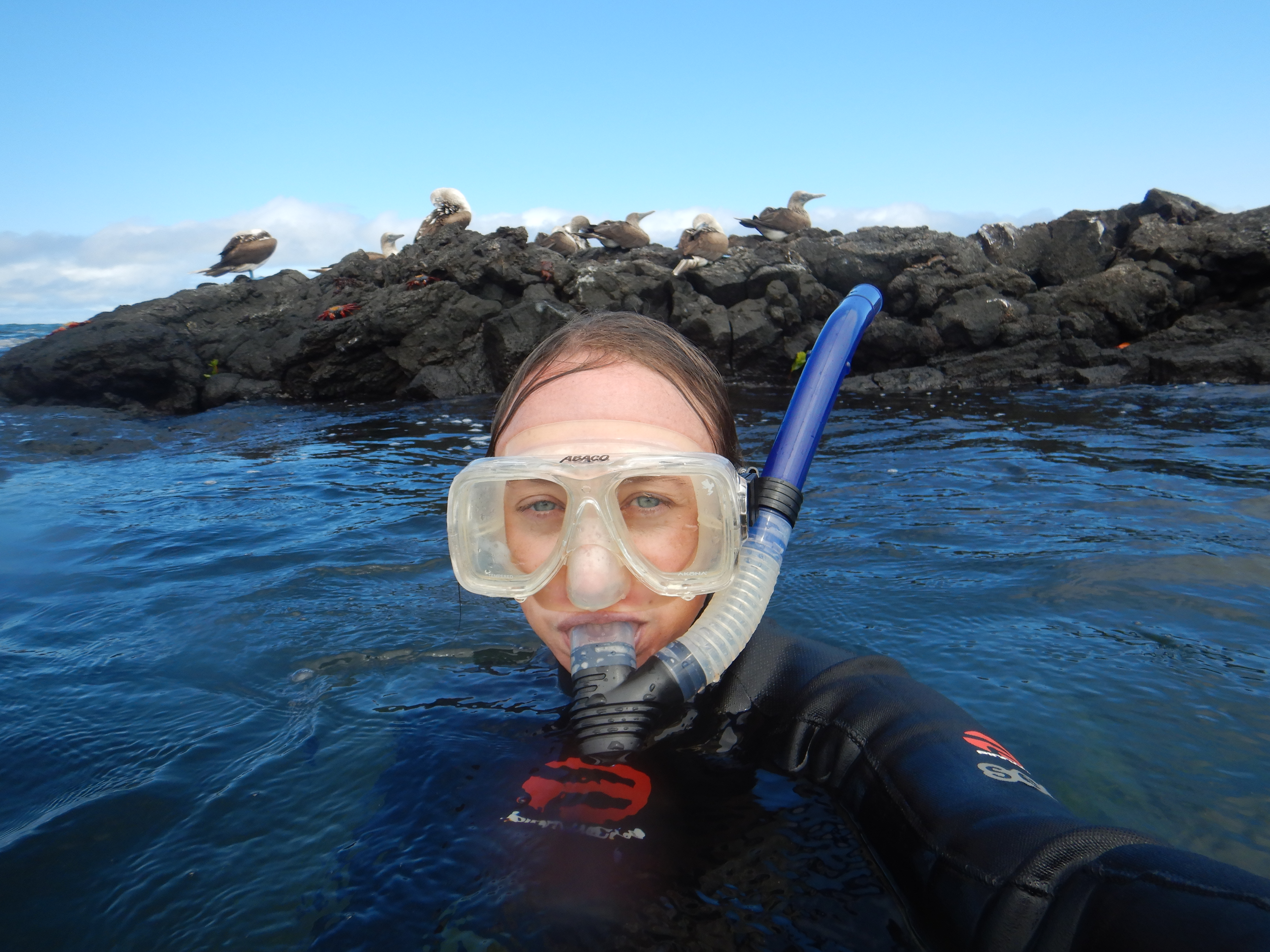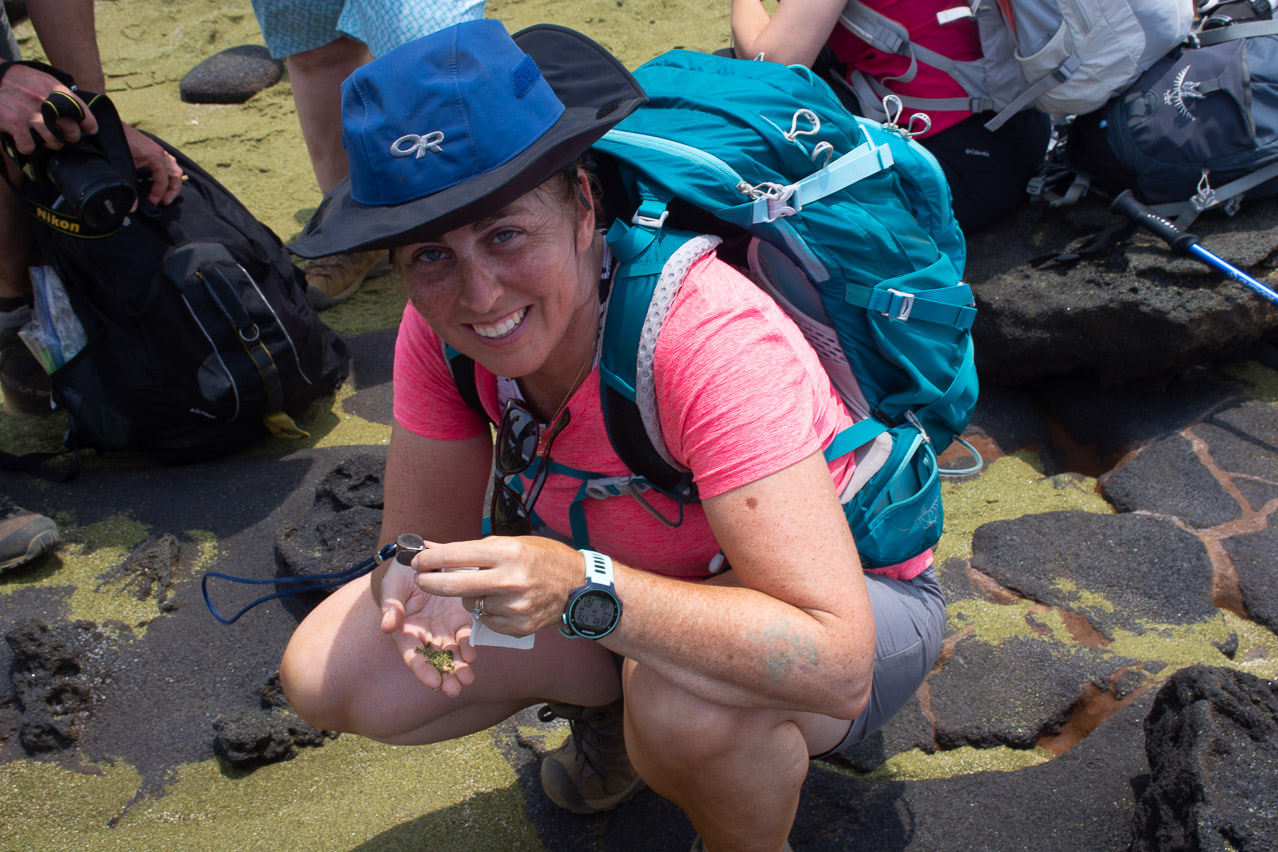Happy Earth Day from our Fellows


“From the ashes of disaster grow the roses of success” is the chorus from a song in Chitty Chitty Bang Bang, a film produced months before the catastrophic Santa Barbara Oil Spill in 1969. The lyrics proved prescient. This environmental disaster that spewed three million gallons of oil and killed more than 10,000 seabirds, dolphins, seals, and sea lions catalyzed our international celebration of Earth Day.
Today, in 193 countries, people are mobilizing around the theme “Protect Our Species.” This year’s focus is on the destruction caused to plants and wildlife populations mainly due to human activity. We join the celebration by featuring a few photographs of environment-related fellowships, followed by examples of 2019 Fellows and the learning they will pursue around the world this summer…
[minti_divider style=”3″ icon=”” margin=”20px 0px 20px 0px”]
- Caitlin Rickus (Garfield Heights, OH) conducting citizen science research in Sequoia National Park
- Colleen Brosnan (Bronx, NY) Andorran Pyrenees on an Earthwatch Expedition
- Amanda Smith (Jenks, OK) documenting New Zealand’s ecology and conservation efforts
- Kristin Polotsky (Chicago) collecting climate change data in Uganda’s Budongo Forest
- Kaitlyn Baldwin & Lourdes Rodriguez (Houston) volunteering in the Bwindi Impenertrable Forest in Uganda
- Samsun Nahar (New York City) investigate in Bangladesh, Nepal, and Indonesia the impacts of earthquakes and floods
- Rebecca Wenstrom (Washington DC) measuring the environmental conditions experienced by wood frogs in the Hudson Bay Lowlands Area of Manitoba
- Ariadne Prior-Grosch (NYC) observing blue footed boobies in Galapagos
- Patricia Tracey (Danbury, CT) examining green sand of southern Hawaii
[minti_divider style=”3″ icon=”” margin=”20px 0px 20px 0px”]
The following modified list of FFT Fellows exemplifies the environmental learning designed by our 2019 grant recipients. For a complete list of this year’s 501 FFT Fellows, click here.
Elizabeth Anderton – Daphne, AL
Join an Earth Watch team’s study of traditional farming and wetland preservation in the Xochimilco Wetlands of Mexico to enhance current studies on wetland conservation and agriculture connect with other professionals who can encourage student learning on these efforts.Chelsea Archie, Shanna Eicher – Owasso, OK
Investigate the effects of climate change on Eastern Australia’s ocean and land ecosystems to develop an inquiry-based unit that motivates students to take the lead in conservation efforts locally and globally.Laura Balliett – Lakewood, OH
Observe three environmental education programs in Bali and Borneo to document their conservation efforts and co-collaborate on a new environmental education curriculum called “eco-STEM.”Tiffany Bell, Summer Braeseke – Tulsa, OK
Conduct a research expedition to the Galapagos Islands that compares conservation methods there with those exercised in Oklahoma to inform a student project tackling an environmental problem in the community.Megan Berdugo, James Bleshman, Nataniel Jimenez, Megan Minturn, Patrick Narea – Brooklyn, NY
Research water access, conservation, and artistry of Cuba through the lenses of multiple disciplines to implement an interdisciplinary unit that culminates in a portfolio presentation in which their analysis of primary resources, real world problems, and potential solutions are discussed in an academic setting.Donna Bonin, Jill Levasseur, Doris Hopkins, Donna Hopkins – Bacon Academy, Colchester, CT
Explore the Great Salt Lake, Yellowstone National Park,Grand Tetons and Snake River to incorporate findings into the Earth and Space curriculum and help students consider ways to best protect the planet going forward.Caron Carpenter, Katherine Nemer, Sarah Mazzatto– South Windsor, CT
Explore geographical features across six climate zones of the Hawaiian Islands to create a unified learning experience for third graders that is aligned with Next Generation Science Standards of Earth’s Systems.Lisa Debay – Torrington, CT
Conduct field research across Hawaii with Ecology Project International to develop tools for addressing critical conservation/restoration issues and create experiential learning lessons aligned with the Next Generation Science Standards.Krista DeWitt, Melissa Faulkner, Taylor Overturf, Jonathan Swart – Hanover, MA
Learn from scientists about environmental issues facing the Galapagos Islands to inform students about the global nature of conservation with more local applications such as sea-level rising, overfishing, and effects of human activity.Tracy Doyle, Lindsey Figueroa – East Hartford, CT
Explore National Parks across six states to document our country’s five regions and create a virtual field trip that inspires student creativity in sustaining and saving our environment.Susan Everly – Chattanooga, TN
Complete a creativity/mindfulness retreat in Bali while also studying the island country’s unique biomes, agriculture and tourism to develop new environmental science learning and implement mindfulness in teaching and extracurricular activities.Wrayna Fairchild – Honolulu, HI
Participate in the Galapagos Conservancy’s Education for Sustainability in Galpagos Teacher Training Program and complete a teaching/learning residency at Tomas de Berlanga School to research biodiversity as it relates to sustainability and establish a partner school relationship.Timothy Foster – Fairfield, CT
Observe in England, France, Denmark, and Sweden sustainable practices at both the micro (individuals/families) and macro (citywide/government) levels to implement capstone projects around sustainability with AP Environmental Science students.Elaine Hove, Susan Jessop – Hopkins, MN
Research in Iceland how plate tectonics and geology have impacted/continue to impact the surface earth to design an interdisciplinary unit in social studies, science and language arts that builds student skills in critical thinking, collaboration and communication.Nastaran Khoshab – New York, NY
Explore the impact of sustainability practices developed by an independent school in Kauai to develop parallel work through a student-produced school initiative founded on videos produced from the class curriculum and supported by pen pal relationships with students participating in similar projects globally.Andrea Knudsen – Winston-Salem, NC
Explore with National Geographic experts and guides the rain forest ecosystems and small communities in Rwanda and Uganda to motivate AP Environmental Science students to consider the current rate of species extinction and increase their knowledge of the living world, population and Earth systems.Elizabeth Mattern – Warrington,PA
Study community development through conservation, sport, and education in the Maldives to empower students and school athletes to reach new limits and think globally while living locally.Alexa Mitchell, Kelly Lynne Nemeth – Hebron, CT
Research conservation efforts in the French-speaking islands of Madagascar and Seychelles to guide science and French students’ participation in issues facing our global society – in particular, the impacts of climate change and human activity on our ecosystems.Sarah Moles – Shawnee, KS
Document in virtual reality the interdependence and conservation of ecosystems throughout four Canadian National Parks to develop learning that increases relevance of and student engagement with the freshman biology curriculum.Adam Peterson – Jenks, OK
Execute a 47-day journey of first-hand encounters with my Earth & Space Curriculum via National Parks and NASA Centers in the western United States to provide case studies that students access to answer the big question, “What is it about Earth that makes it such an ideal habitat for humans?”Lauren Roderick – Voluntown, CT
Join an educator-only expedition in the Galapagos Islands to experience the balance (or lack thereof ) between human interaction and the Earth’s systems to inspire student-driven projects aimed at monitoring and minimizing human impact on the environment.Matthew Steininger – New York City, NY
Join hands on restoration of Thailand’s reefs through the New Heaven Reef Conservation Program to accumulate research for student data analysis on the ecological/social effects of climate change and instill a culture of environmental activism.Andrew Tremaglio – Branford, CT
Explore two national parks across four states, meeting with park rangers and guides, to facilitate a new senior-level English elective that concurrently focuses on nature-based literature and engages students in conservation/preservation work.
Enjoy this animated illustration Earth Day History for Kids and visit our blog and social media sites regularly this summer for updates on what these and all of our 2019 are learning with their Fund for Teachers grants.

Top photo: Megan Bloom and Lisa Yahola (Tahlequah High School, Tahlequah, OK) conducting field research in Ecuador and the Galapagos Islands.
 Back to Blogs
Back to Blogs